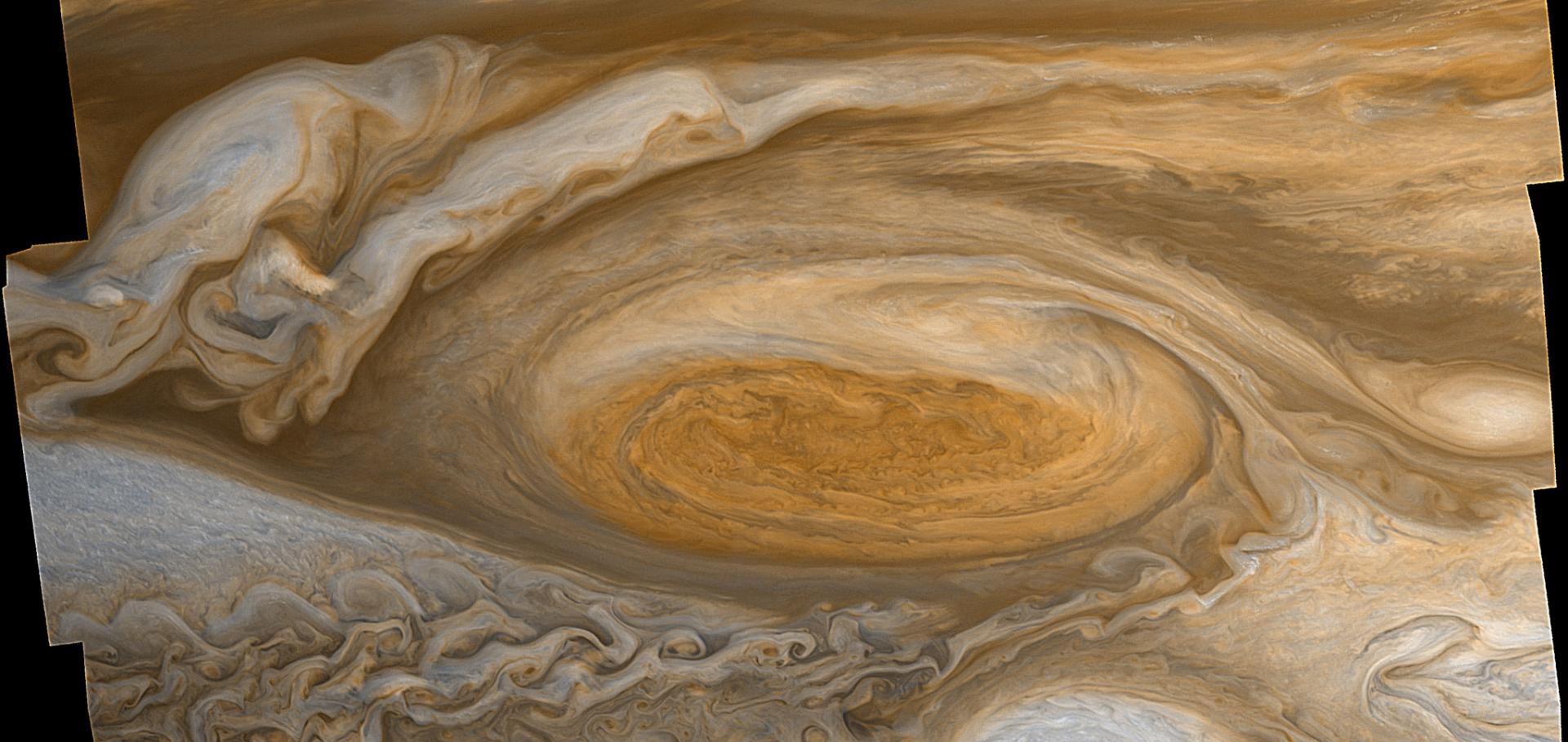A combined laboratory and numerical study of heat transport by baroclinic eddies and axisymmetric flows
JOURNAL OF FLUID MECHANICS 489 (2003) 301-323
Equatorial jets in the dusty Martian atmosphere
JOURNAL OF GEOPHYSICAL RESEARCH-PLANETS 108:E4 (2003) ARTN 5034
Spontaneous generation and impact of inertia-gravity waves in a stratified, two-layer shear flow
GEOPHYSICAL RESEARCH LETTERS 30:24 (2003) ARTN 2255
Modeling the Martian dust cycle 1. Representations of dust transport processes
Journal of Geophysical Research: Planets 107:12 (2002)
Abstract:
A dust transport scheme has been developed for a general circulation model of the Martian atmosphere. This enables radiatively active dust transport, with the atmospheric state responding to changes in the dust distribution via atmospheric heating, as well as dust transport being determined by atmospheric conditions. The scheme includes dust lifting, advection by model winds, atmospheric mixing, and gravitational sedimentation. Parameterizations of lifting initiated by (1) near-surface wind stress and (2) convective vortices known as dust devils are considered. Two parameterizations are defined for each mechanism and are first investigated offline using data previously output from the non-dust- transporting model. The threshold-insensitive parameterizations predict some lifting over most regions, varying smoothly in space and time. The threshold-sensitive parameterizations predict lifting only during extreme atmospheric conditions (such as exceptionally strong winds), so lifting is rarer and more confined to specific regions and times. Wind stress lifting is predicted to peak during southern summer, largely between latitudes 15° and 35°S, with maxima also in regions of strong slope winds or thermal contrast flows. These areas are consistent with observed storm onset regions and dark streak surface features. Dust devil lifting is also predicted to peak during southern summer, with a moderate peak during northern summer. The greatest dust devil lifting occurs in early afternoon, particularly in the Noachis, Arcadia/Amazonis, Sirenum, and Thaumasia regions. Radiatively active dust transport experiments reveal strong positive feedbacks on lifting by near-surface wind stress and negative feedbacks on lifting by dust devils.Modeling the Martian dust cycle 2. Multiannual radiatively active dust transport simulations
Journal of Geophysical Research Planets 107:12 (2002) 1-15


